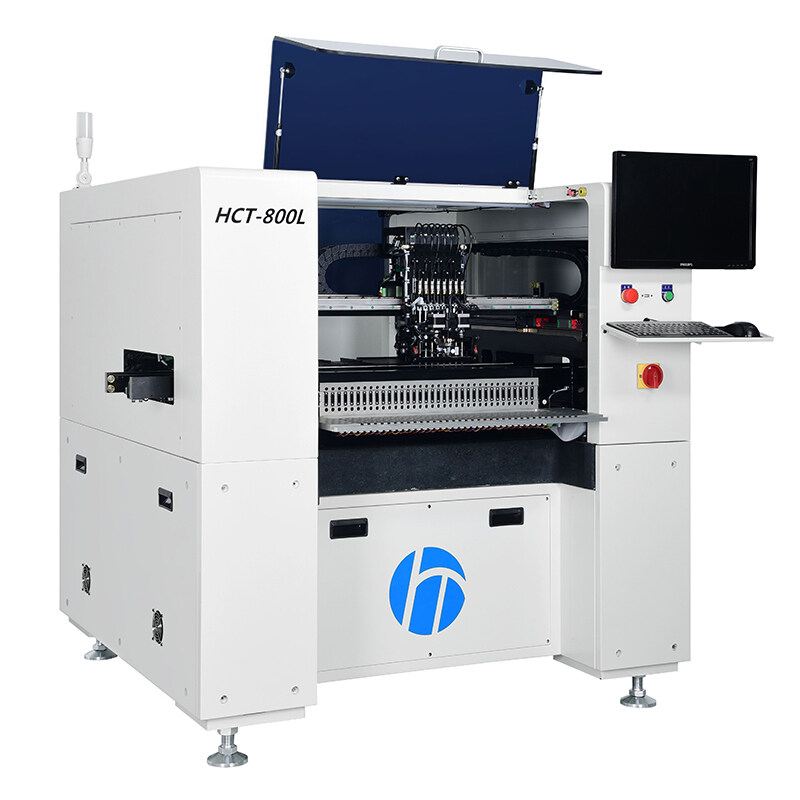Email format error
Email cannot be empty
Email already exists
6-20 characters(letters plus numbers only)
The password is inconsistent
Email format error
Email cannot be empty
Email does not exist
6-20 characters(letters plus numbers only)
The password is inconsistent


smt solder paste printing process
The Surface Mount Technology (SMT) solder paste printing process is a critical step in electronic assembly, where solder paste is accurately deposited onto printed circuit boards (PCBs) to facilitate the soldering of surface mount components. This process is essential for achieving reliable electrical connections between components and the PCB. Below is an overview of the typical steps involved in the SMT solder paste printing process:
1. Stencil Preparation:
- A stainless steel stencil with openings corresponding to the solder paste deposition areas on the PCB is prepared. The stencil is typically laser-cut or chemically etched to precise dimensions based on the PCB design.
2. PCB Alignment:
- The PCB is securely positioned on the solder paste printing machine's worktable, ensuring proper alignment with fiducial marks or alignment pins.
3. Solder Paste Application:
- Solder paste, a mixture of flux and solder particles, is dispensed onto the stencil.
- A squeegee or blade mechanism spreads the solder paste evenly across the stencil surface, forcing it through the openings and depositing it onto the PCB in the desired locations.
4. Solder Paste Inspection:
- Automated inspection systems may be used to verify the quality of the solder paste deposition. This may include checks for volume, alignment, and defects such as bridging or insufficient solder paste.
5. Cleaning and Maintenance:
- The stencil and printing machine are cleaned to remove excess solder paste and prevent contamination.
- Periodic maintenance of the stencil and printing machine is performed to ensure optimal performance and longevity.
6. Component Placement:
- After solder paste printing, surface mount components are placed onto the PCB using automated pick-and-place machines. The components adhere to the solder paste due to its tacky consistency.
7. Reflow Soldering:
- The PCB with solder paste and components is conveyed through a reflow oven, where the solder paste undergoes reflow soldering.
- During reflow soldering, the solder paste melts and forms metallurgical bonds between the components and the PCB pads, creating secure electrical connections.
8. Post-Soldering Inspection:
- After reflow soldering, the assembled PCB undergoes inspection to verify solder joint quality, component placement accuracy, and overall assembly integrity.
- Automated optical inspection (AOI) and X-ray inspection may be used to identify any defects or issues that require correction.
9. Cleaning and Finishing:
- Any residual flux or contaminants are removed from the assembled PCB through cleaning processes.
- The PCB may undergo additional finishing processes, such as conformal coating or testing, depending on the specific assembly requirements.
10. Packaging and Shipping:
- Once the assembly passes inspection and finishing processes, it is packaged according to customer specifications and prepared for shipping to end-users or downstream assembly stages.
The SMT solder paste printing process is a crucial stage in surface mount assembly, laying the foundation for successful soldering and assembly of electronic components onto PCBs. By ensuring accurate deposition of solder paste, this process contributes to the overall quality, reliability, and performance of electronic assemblies.

